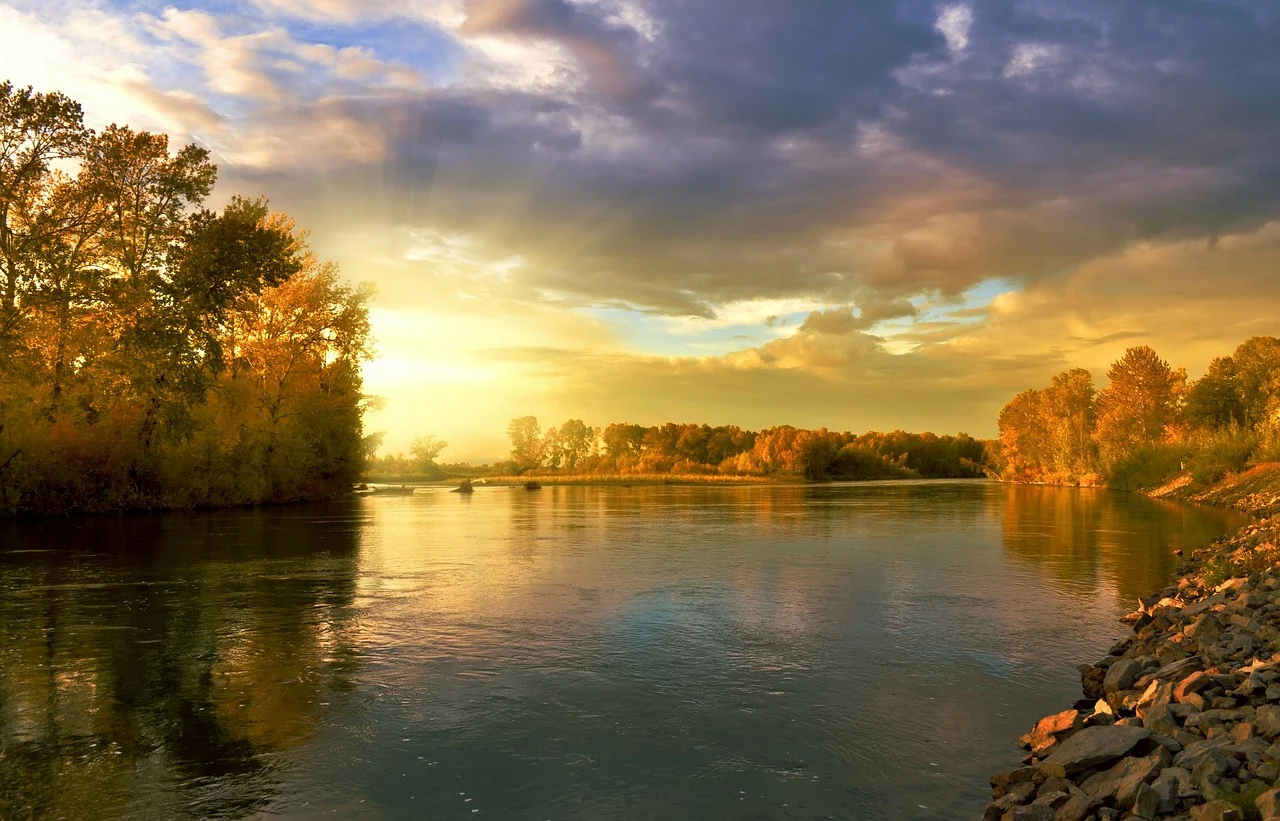

This week, a draft law on the calculation of the maximum recreational load for national parks and other specially protected natural areas will be submitted for the second reading. The document will consider parameters for the use of natural areas. This is reported by the «Izvestia».
“Along with the conservation of biological diversity and the maintenance of natural complexes and objects in their natural state, one of the goals of creating specially protected natural areas is their use for recreational purposes”, the explanatory note to the draft federal law «On Amendments to Certain Legislative Acts of the Russian Federation» says.
However, at the moment, investors creating infrastructure in protected areas feel vulnerable due to the lack of guarantees for the protection of rights. Now a recreational zone is allocated in natural areas where it is possible to carry out recreational activities, for example, to develop sports infrastructure, as well as to place objects of the tourism industry - museums and information centers. Also, such activities are allowed on the territory of the zone of protection of objects of cultural heritage of the peoples of the Russian Federation.
"Recreational areas can also be allocated as part of natural parks," the document says.
At the same time, the implementation of recreational activities in specially protected natural areas is not fully regulated by law, which limits the legal use of specially protected natural areas for the purpose of recreational activities. In addition, it can harm natural complexes and objects. In this regard, the government seeks to consolidate the basic principles for the implementation of recreational activities in specially protected natural areas.
In particular, such issues as “environmental orientation of recreational activities; calculation of allowable values of recreational load in the implementation of recreational activities; providing an individual approach to the implementation of recreational activities; use in the implementation of recreational activities of infrastructure, transport and equipment that have the lowest possible negative impact on the environment; involvement of local residents of natural areas in the development of recreational activities”.
Thus, the Russian government, regional authorities and local governments will be able to determine the types of recreational activities and buildings in natural areas, depending on their status.
For each protected area, the limit of permissible recreational loads will be calculated and approved by the federal authority in charge of the territory.
“At the same time, the existing bans on activities that can damage natural complexes and national parks, including a ban on the creation of capital construction projects, remain in force.” The government’s response states that it is necessary to “more specifically regulate the limits of recreational activities in protected areas, including in terms of the possibility of placing various objects when organizing such activities” and such terms as “ecological orientation of recreational activities”, “local residents of natural areas” , “minimum possible negative impact” cannot be applied in the current legislation.
Izvestia quoted the director of the HSE Institute of Ecology, Honored Ecologist of Russia Boris Morgunov, as saying that the bill had not been fully developed, since, among other things, the project does not provide for a method for calculating the allowable recreational loads of protected areas by the regulator. Consequently, the most important tool for calculating the load on protected areas is missing from the draft law. The Ministry of Natural Resources notes that as a result, any activity for the development of tourism will be subject to indicators of the recreational capacity of protected areas.
According to Olga Stepchenko, Director General of the ANO Garden of Memory, a member of the federal headquarters of the Clean Arctic project, an expert on ecology and sustainable development, the development of such tools could cost the budget from 200 million to 1 billion rubles.
Despite this, experts still believe that such work is necessary, even if it will be labor-intensive and require large financial investments.
Many countries have already regulated the parameters of recreational load and capacity, and Russia should follow their example.
